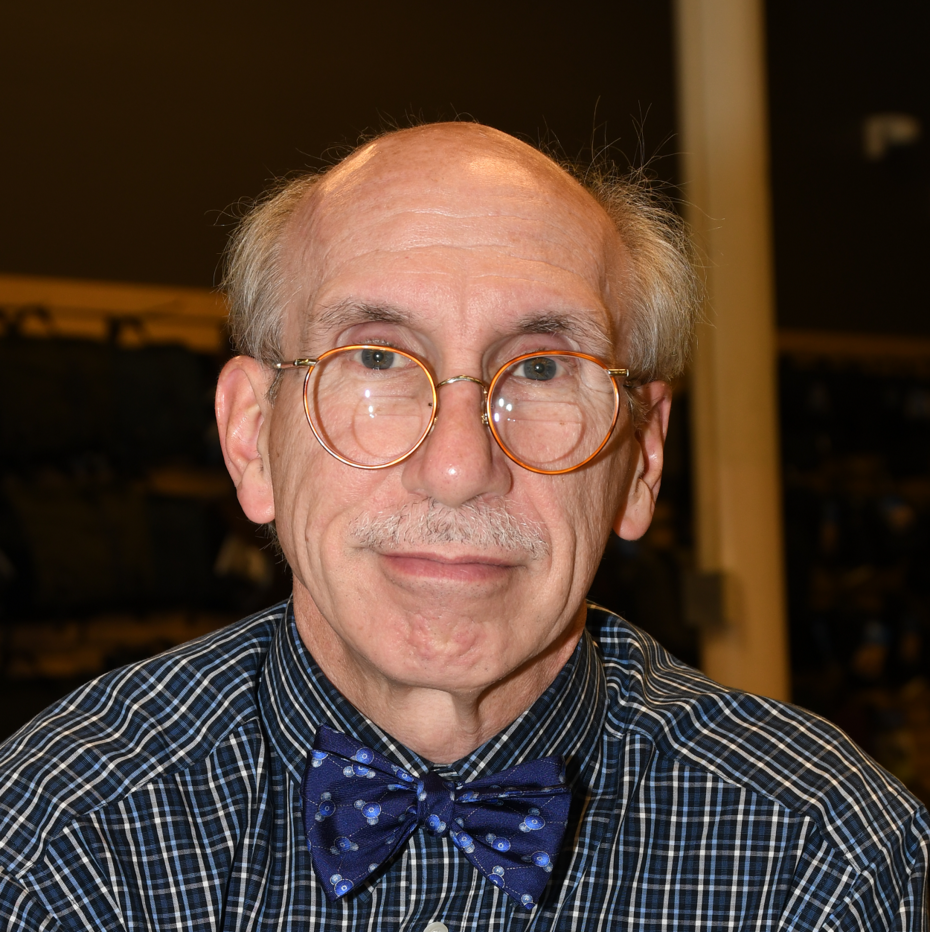Get to know our experts
Prof em. Jo-David Fine
Institution(s): Emeritus Professor, Depts of Dermatology and Pediatrics, Vanderbilt University School of Medicine and Medical Center
What are your own areas of research, and what insights do these give you on EB?
Over the past four decades my research has been focused on the application of new techniques (most notably, monoclonal antibodies directed against skin basement membrane proteins) that had the potential to further our understanding of the pathophysiology of blistering diseases. I've also been involved in ultrastructural and other cellular research and clinical trials, and most notably, for 16 years I headed and was a coinvestigator for the National (USA) EB Registry, an NIH funded project which systematically assembled the world's largest EB patient population (3280) across the continental US, providing key data on the true epidemiology and natural history of each major EB type and subtype, as well as better defining the remarkably protean nature of the disease.
Where do you see the biggest contributions research can make to improving options for people with EB?
I think the most important contributions to be made will be in ways pharmacologically to improve the day to day lives of our patients by reduction in blistering, improved wound healing, and the amelioration of symtoms, as well as hopefully altering the natural history of EB, via prevention or marked modification of those complications known to arise within specific disease subtypes. After 40 years in this field, I am somewhat less hopeful of a true "cure" but I would welcome any research breakthrough that might take us ever increasingly closer to such a outcome.
What are the current most urgent research questions, both in basic knowledge and translational research?
In my opinion, the most pressing issue confronting the EB community is the development of almost invariably fatal squamous cell carcinoma in patients with recessive dystrophic EB and, to smaller extent, severe generalized junctional EB. These tumors differ markedly in their aggressiveness and response to treatment, compared to those arising commonly within the general population from increasing age and cumulative sunlight exposure. We desperately need better means for the early detection and treatment of these cancers. Other areas of particular research concern relate to improved means of treatment of nonhealing wounds, itching, pain, and the many systemic complications that can arise in this disease.
DEBRA and EB Resnet members are grateful for your dedication to helping people with EB; what do you find rewarding about being a member of the EB MSAP Expert Panel?
I've now been proudly a member of the MSAP, to include its Chairmanship and, currently, its Clinical Lead, for 23 continuous years. Although I am recently retired from full-time university life and clinical practice, my dedication to DEBRA remains unchanged. By participation in the rigorous review of research grants, based on a lifetime academically committed to EB and DEBRA, I hope that I can bring not only my own research background but also decades of clinical experience to the review process, helping to fund the the best scientific and clinically relevant proposals that are being submitted for consideration.
